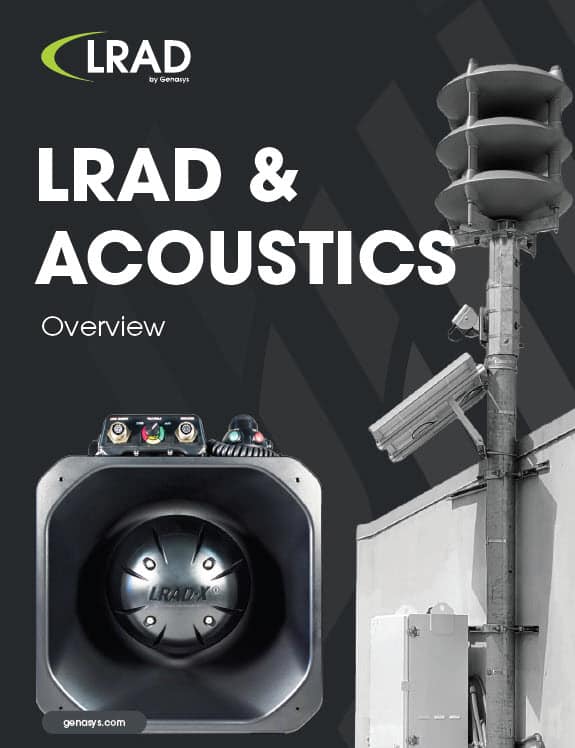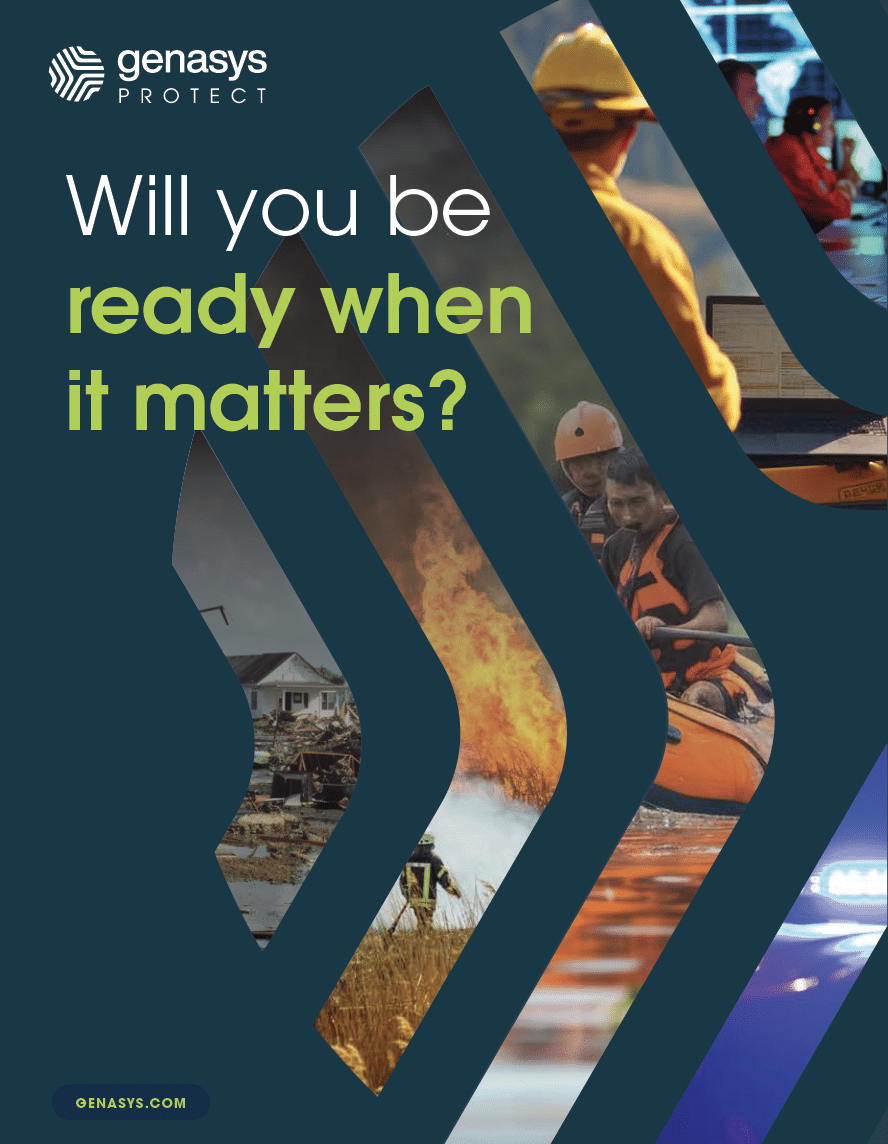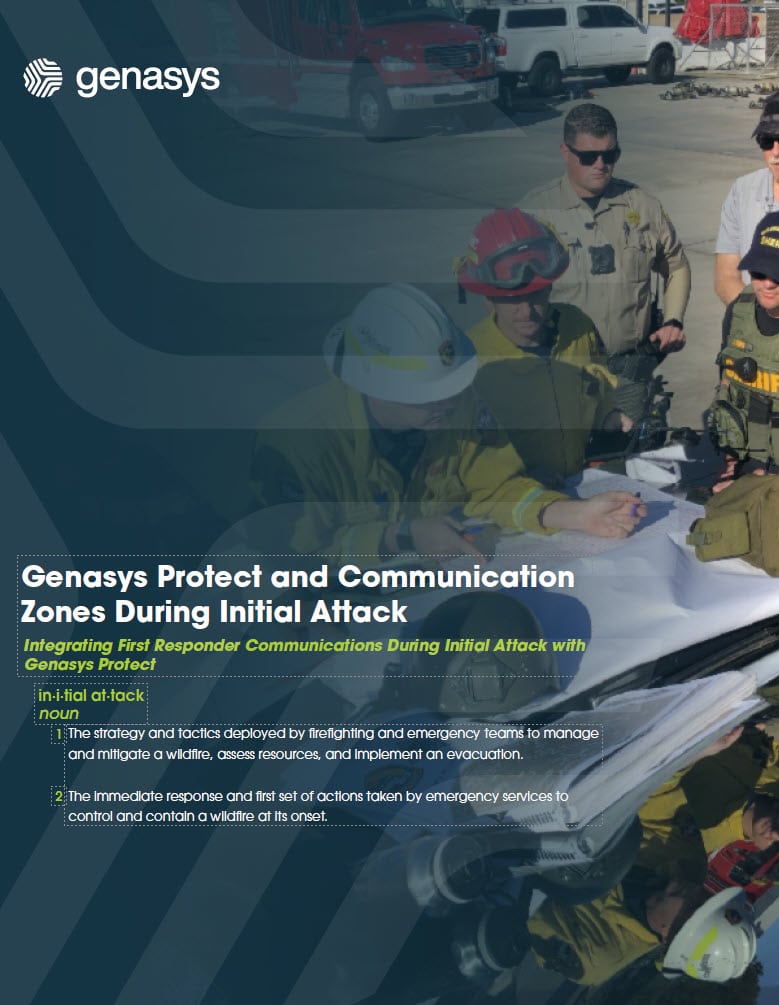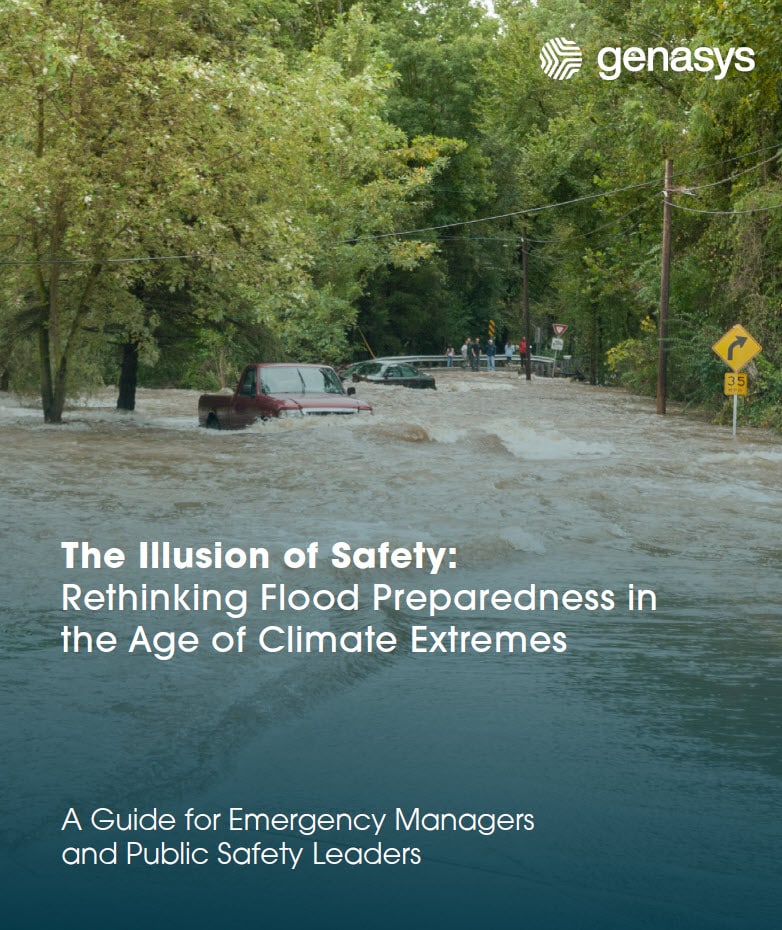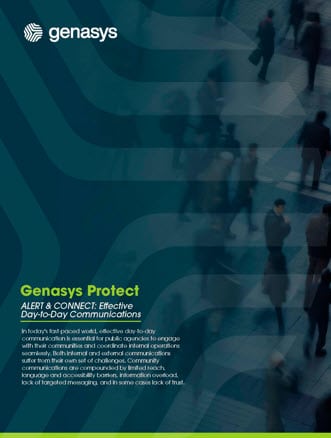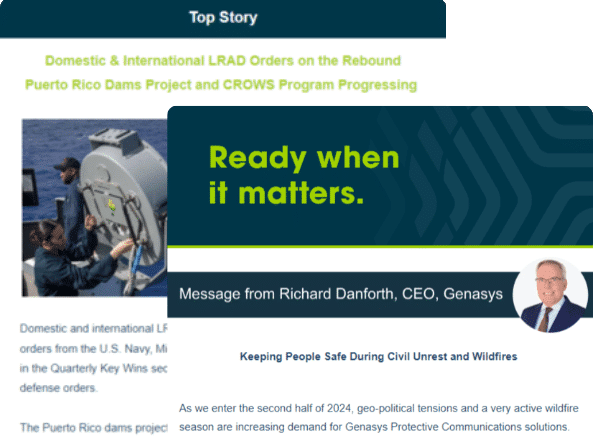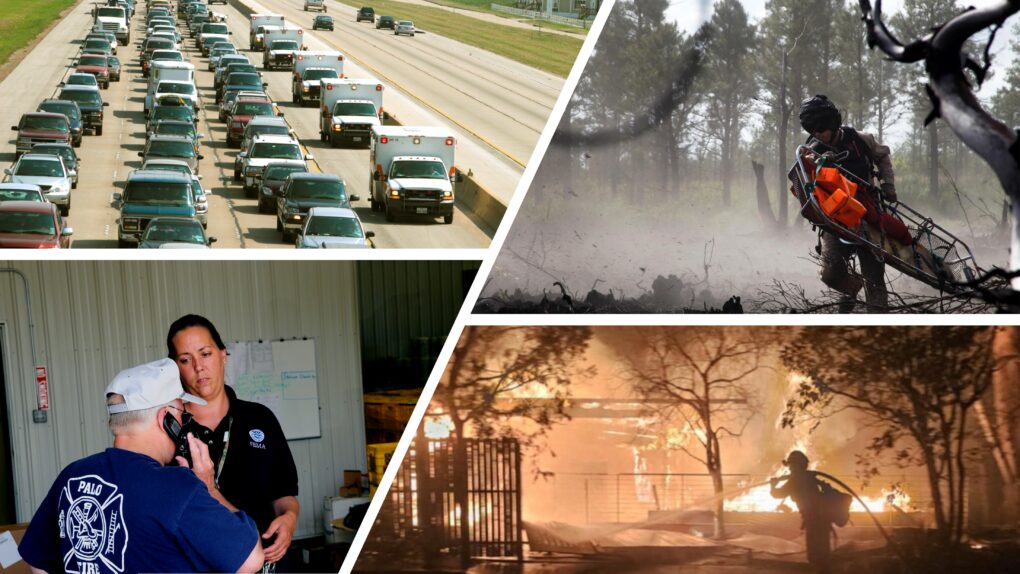By John Abbruzzese, Director of Government Sales, Genasys Inc.
As hurricanes and other large-scale disasters continue to increase in frequency and intensity, emergency response systems face mounting pressure to keep communities safe. Emergency managers and first responders are continually focused on how to quickly and accurately communicate with the public in the event of a catastrophic storm.
Each year, large-scale weather events and superstorm disasters, like Hurricane Helene, put critical infrastructure to the test, highlighting the urgent need for more effective emergency communication strategies. The challenge lies not only in reaching a large number of people but also in providing timely and accurate information that saves lives, especially when power is lost, and conventional methods cease to work.
Communities Need Technology Focused on Public Safety
In many instances, outdated systems and inefficient methods prevent crucial messages from reaching those in harm’s way. Public safety technology, including mass notification systems, is pivotal in delivering the necessary support for disaster response. Without reliable emergency communication systems, communities can face dire consequences, including delayed evacuations and a lack of coordination among first responders.
The Importance of Timely Mass Notifications in a Crisis Like Hurricane Helene
When hurricanes strike, every second counts. Timely mass notifications can mean the difference between life and death. However, too often, outdated systems fail to provide the speed and precision needed to alert the public.
During the recent Hurricane Helene, many communities in the path experienced unprecedented flooding and were left without power and no way to receive emergency messages from officials. The mayor in Canton, NC, Zeb Smathers, had this to say: “What we are experiencing is a region-wide apocalyptic flooding disaster, and as I sit here, we still cannot place cell phone calls to help communicate.”
An effective emergency communication system must be capable of delivering real-time information to large and geographically dispersed populations. This is particularly crucial during hurricanes and the flooding that often follows, where rapid changes in weather conditions can shift the danger zones, requiring immediate updates to evacuation plans.
Critical infrastructure like hospitals, power grids, and transportation systems must remain operational during these emergencies, which is why advanced mass notification systems are essential. With these systems in place, officials can send location-based alerts to specific areas, ensuring that the right people receive the right information at the right time.
Mass notification systems, like Genasys ALERT, excel in this regard, providing a platform for sending clear, concise messages to millions in a matter of seconds, whether through text, voice, or social media, or when the power is out, through advanced acoustic speakers or long range acoustic devices (LRADs). Integrating these technologies strengthens communities’ resilience to hurricanes and other large-scale disasters.
Crisis Management Tools to Improve Decision Making
In the midst of a hurricane, decision-making becomes exponentially more difficult as conditions change rapidly. Emergency response teams rely heavily on real-time data and crisis management tools, acoustic speaker systems, and technology to make informed decisions that protect both infrastructure and human lives.
These tools must offer a comprehensive view of the situation, aggregating data from multiple sources such as weather forecasts, emergency reports, and on-ground observations. A robust crisis management tool offers situational awareness, enabling responders to assess the most critical needs in real-time. Information needs to reach all citizens including those without power, those lacking cell service, and the unhoused.
Public safety technology like Genasys Protect delivers this capability by providing a comprehensive and centralized platform for monitoring emergency situations. It allows decision-makers to prioritize resources, coordinate efforts across agencies, and ensure that the most vulnerable populations are protected. In the chaos of hurricane response, a clear, data-driven approach is essential for saving lives and minimizing damage to critical infrastructure.
Genasys Protect: A Comprehensive Solution for Emergency Response
When facing large-scale disasters such as hurricanes, having the right tools can make all the difference in mitigating the impact. Genasys Protect offers an advanced suite of solutions tailored to the unique challenges posed by hurricanes.
Genasys Protect integrates mass notifications and long range acoustics, evacuation tools, and Traffic AI into a unified platform, allowing emergency management teams to work seamlessly across jurisdictions. This solution transforms how communities respond to hurricanes, offering a streamlined system that enhances both speed and accuracy in emergency response.
Efficient Evacuation and Reentry Software to Manage Population Movement
During a hurricane, evacuation is one of the most critical strategies to protect human lives. However, without proper coordination, evacuations can quickly become chaotic, leading to gridlocked roads, confusion, and panic. The same can be said of reentry where it is equally important to prevent people from coming back too soon when conditions are still unsafe or before power and water is back.
Emergency responders need a crisis management tool that can monitor population movement and streamline evacuation and reentry efforts. Modern evacuation software, integrated with traffic management systems, offers unparalleled visibility and control over routes.
Genasys EVAC software allows officials to track storms, issue warnings, and manage traffic flow in real-time, adjusting routes as needed to avoid bottlenecks and ensure smooth passage for the population. Furthermore, EVAC communicates directly with residents, providing updated information about safe zones, shelters, sandbag stations, donation drops, and more.
One key component of Genasys Protect is TRAFFIC AI, that enhances evacuations by providing predictive analytics and real-time traffic data. Traffic AI identifies potential bottlenecks and suggests alternative routes, ensuring that evacuees can safely and efficiently move to secure locations. It also assists emergency responders in keeping roads clear for first responders and supply deliveries.
To Sum Up – Building Resilience in the Face of Hurricanes
As hurricanes continue to threaten communities worldwide, the need for more advanced emergency response systems is clear. Genasys Protect offers the solutions that communities and emergency responders require, from mass notifications, long range acoustic devices, and evacuation software to cutting-edge traffic management tools. In the face of large-scale disasters, a coordinated and well-informed response is critical to saving lives, preserving critical infrastructure, and ensuring public safety.
With tools like Genasys Protect, the future of emergency response during hurricanes can offering reliable emergency communications and protection when it matters most. Contact us to learn more or schedule a demo.

